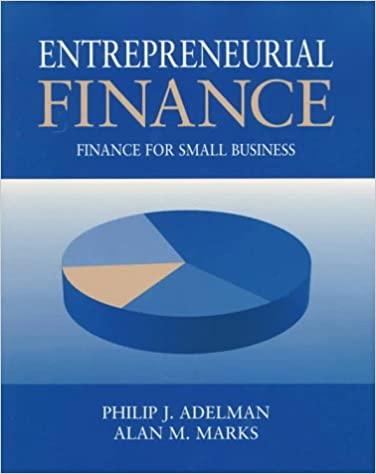Answered step by step
Verified Expert Solution
Question
1 Approved Answer
am asking for the mathermatical solutions for this There are three dates t = 0, 1, 2 and a continuum of consumers with measure one,
am asking for the mathermatical solutions for this

There are three dates t = 0, 1, 2 and a continuum of consumers with measure one, each endowed with wealth one. There are two types of consumers: a fraction a is impatient, i.e. their utility is 1 (I/CI) , where is consumption att = 1, and a fraction 1 a are patient whose utility is 1 (I/C2) , where where c2 is consumption at t = 2. Att = 0 consumers don't know their type, i.e. it is unknown whether the consumer wishes to consume at date t = 1 or t = 2. Att = 1 all consumers observe their own type, but cannot observe others' types (i.e. type is private information). There are two technologies to manage liquidity. Consumers can invest for one period only (short term technology), in which case the investment will yield r 2 1. This technology is available at both t = 0 and t = 1. Alternatively, wealth can be invested for two periods (long term technology) at date t = 0, which yields 0 att = 1, but R > r2 att = 2. The investmen in the long-term technology can be liquidated at t = 1, which then yields L < 1 . Wealth can also be stored across periods without cost. a) Suppose there is a bank to manage liquidity risk, all consumers deposit their wealth in the bank and the bank maximizes tota welfare of its depositors when it chooses cf, cg , the promised payouts for early (t = 1) and late (t = 2) withdrawals, respectively. Set up the bank's optimisation problem and derive the first order condition. What does the first order condition tell you about the optimal allocation? II. Calculate the optimal investment in the long-term technology 1B and the optimal allocation cf, cg. Does the allocation cf, cg always constitute an equilibrium? If not, derive the necessary condition for cf, cg to be an equilibrium and carefully explain your finding. Now, suppose the condition that you derived in iii) above does not hold. Derive the feasible (incentive compatible) allocation , c2 that maximizes total welfare and can always be supported in an equilibrium. b) Now, suppose there is no financial intermediary to handle liquidity shocks. However, att = 1 a financial market for bonds opens up and agents trade their wealth att = 1 for wealth att = 2 . Each bond pays 1 att = 2 and its price isp . Calculate the consumer's optimal investment decision 1M att = 0 , an expression for the price of the bond p and the consumption levels in the two states , c) Is the bond market allocation efficient? Calculate the price of the bond that would ensure that the market delivers the optimal allocation and discuss what would be needed for this price to clear the market.
Step by Step Solution
There are 3 Steps involved in it
Step: 1

Get Instant Access to Expert-Tailored Solutions
See step-by-step solutions with expert insights and AI powered tools for academic success
Step: 2

Step: 3

Ace Your Homework with AI
Get the answers you need in no time with our AI-driven, step-by-step assistance
Get Started


